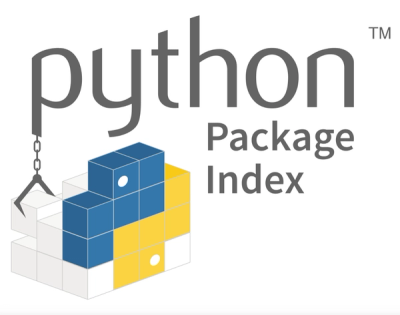11x Wagtail Blog
|PyPI| |Build| |Supported Python versions| |Documentation| |Downloads|
11x Wagtail Blog
11x-wagtail-blog is a wagtail app implementing basic blog features for a wagtail site. This project started as an
implementation of the blogging features of 11x.engineering, but since it is intended to be used as the first series
of articles, it has been open sourced and published here. It is intended to demonstrate how to develop a fully featured
package published to PyPI.
Quick Start
To install::
pip install 11x-wagtail-blog
Add x11x_wagtail_blog to your INSTALLED_APPS::
INSTALLED_APPS = [
...,
'x11x_wagtail_blog',
...,
]
Since this package only gives you the common features of every blogging application, you will need to define your own page
models and derive them from ExtensibleArticlePage::
from x11x_wagtail_blog.models import ExtensibleArticlePage
from wagtail.admin.panels import FieldPanel
from wagtail.blocks import TextBlock
from wagtail.fields import StreamField
class MyArticlePage(ExtensibleArticlePage):
... body = StreamField([
... ("text", TextBlock()),
... ], use_json_field=True)
...
... content_panels = ExtensibleArticlePage.with_body_panels([
... FieldPanel("body"),
... ])
This can be done in any valid Wagtail app.
Next, generate your migrations as usual::
python manage.py makemigrations
python manage.py migrate
You will have to define a template. The default template used is x11x_wagtail_blog/article_page.html, but you should
override the get_template() method to return your own template.
.. code-block:: html
<!DOCTYPE html>
<html>
<head>...</head>
<body>
<h1>{{ self.title }}</h1>
{% include_block self.body %}
<h2>About the authors</h2>
{% for author in self.authors %}
{% include "myblog/about_the_author_section.html" with author=author.value %}
{% endfor %}
<h2>Related Articles</h2>
<ul>
{% for article in self.related_articles %}
<li><a href="{% pageurl article %}">{{ article.title }}</a></li>
{% endfor %}
</ul>
</body>
</html>
.. |PyPI| image:: https://img.shields.io/pypi/v/11x-wagtail-blog
:target: https://pypi.org/project/11x-wagtail-blog/
.. |Build| image:: https://github.com/11x-engineering/11x-wagtail-blog/actions/workflows/package.yml/badge.svg
:target: https://github.com/11x-engineering/11x-wagtail-blog/actions/workflows/package.yml
.. |Supported Python versions| image:: https://img.shields.io/pypi/pyversions/11x-wagtail-blog.svg
:target: https://pypi.org/project/11x-wagtail-blog/
.. |Documentation| image:: https://readthedocs.org/projects/11x-wagtail-blog/badge/?version=latest
:target: https://11x-wagtail-blog.readthedocs.io/en/latest/?badge=latest
.. |Downloads| image:: https://pepy.tech/badge/11x-wagtail-blog/month
:target: https://pepy.tech/project/11x-wagtail-blog/



